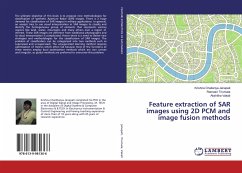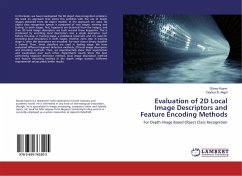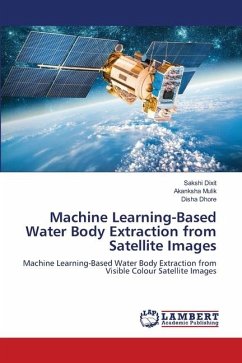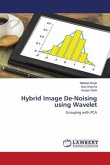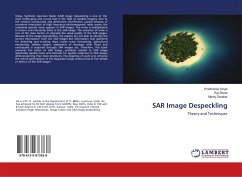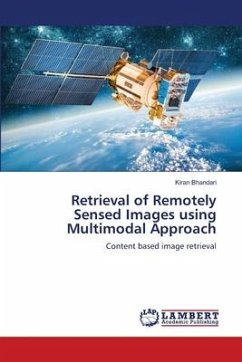The ultimate objective of this book is to propose new methodologies for classification of synthetic Aperture Radar (SAR) images. There is a huge demand for classification of SAR images in military applications. In general, an analyst tries to use visual interpretation in SAR images to classify and identify the homogeneous group of elements that represents various regions like land, water, mountains and many others over a region of interest. These SAR images are different from traditional photographs and its visual interpretation is complicated. Hence there is a need to devise new strategies and methodologies for the classification of SAR images. The problem of classification can be categorized into two methods such as supervised and unsupervised. The unsupervised learning method requires optimization of metrics which often fail because most of the functions of these metrics employ local optimization methods which are non convex and irregular, so global methods are preferred to overcome this problem.

